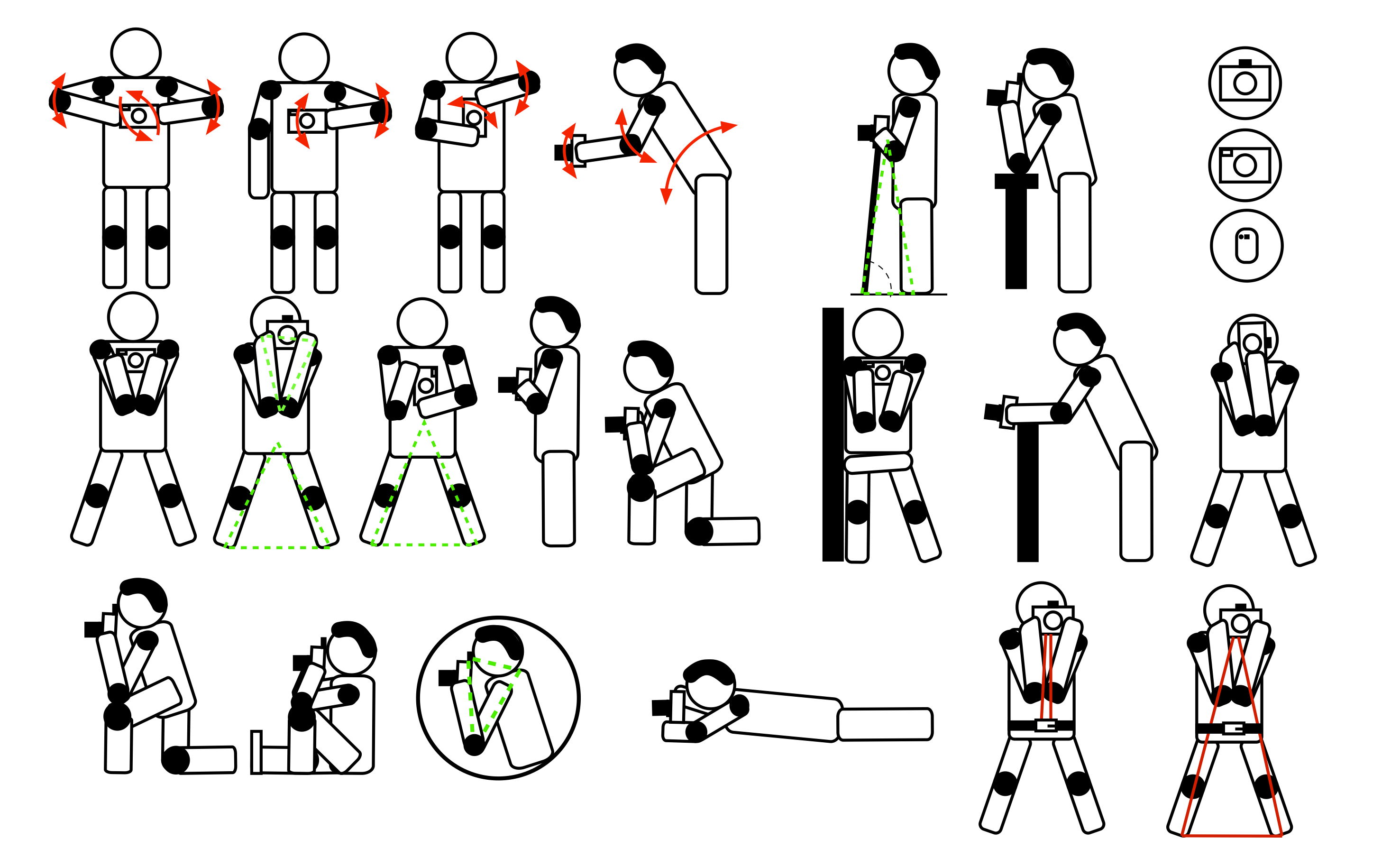A white balance filter, also known as a color temperature filter, is a tool used in photography to adjust the colors in an image. It helps to ensure that the colors in your photos are accurate and consistent, regardless of the lighting conditions. There are two types of white balance filters: warming filters and cooling filters. Warming filters add a touch of warmth to an image, while cooling filters add a touch of coolness. You can use either type to correct the color temperature in your photos, depending on the effect you want to achieve.
There are also two ways to use a white balance filter: you can either place it over the lens or attach it to the front of the camera. If you place it over the lens, it will affect all of the images you take. If you attach it to the front of the camera, it will only affect images taken with that particular camera.
Getting the white balance (WB) right means photos with an accurate color balance. You’ll avoid blue, orange or green color casts that make your whites look off.
This means taking account of the color temperature of your light source. You’ll have to adjust your settings based on the warmth or coolness of white light for the result you want.

There are a variety of ways in which you can affect the WB of your images, both in your camera and in post-processing. These include:
Automatic white balance might be acceptable for amateur photographers. But it rarely produces professional results. Even the camera’s presets can deliver images with slight color casts. These distort your color accuracy.
Lighting conditions vary a lot. Using presets limits you to a few predetermined options. These might not be sensitive to nuances or changes.
You can, of course, create your own preset to suit the precise conditions of the shoot. You can use a white balance card or grey card for this. This will work, but it’s difficult and time-consuming. And if conditions are changing, it’s hardly ideal.
Post processing is another time-consuming way to achieve the correct WB. And there’s only so much photo editing software can do to adjust the WB after you’ve taken the picture.
This is where a white balance filter comes into its own. It acts as a white balance meter by converting your camera into an incident metre. It doesn’t measure the light bouncing off your subject. Instead, it measures the light falling onto your subject.
Your camera calibrates to the light source itself. This removes color distortions from different temperatures and any green-magenta shift in artificial light.
White balance filters ensure an accurate WB more quickly and easily than alternatives. This saves you valuable time on your shoot and in post-processing.

Using a white balance lens cap will give you the most consistent and accurate color results. So what exactly is a white balance filter?
It’s a semi-translucent lens cover. It serves as a reference point for a neutral color value. The camera can then determine the exact color temperature of your light conditions.
This white balance meter works better than using a white balance card or grey card. It’s able to read the light coming into the camera from all angles. It doesn’t only rely on a light reading from a specific area of your image.
ExpoDisc is a popular brand of white balance filter used by professional photographers. It’s laboratory tested and certified. You can also make your own using two UV filters, with a suitable material sandwiched between them.
A DIY version is much cheaper, but the difficulty is in identifying the ideal filler material.
Commercial white balance caps like ExpoDisc usually come in a choice of sizes. You’ll need to get one that’s large enough to cover your largest lens.

Once you’ve tried it a couple of times, you’ll find it quick and easy, and the time-saving it offers is significant.

The white balance filter measures light from every angle. It’s particularly relevant for taking pictures of 3D subjects such as people and objects.
It comes in handy in difficult lighting situations, such as yellowish artificial light. It’s also helpful in rooms with colored walls or uneven lighting due to windows.
A WB filter also works well for taking pictures with high contrasts between dark and light. And it’s great for glossy and reflective surfaces.
You’ll also want to use one for outdoor situations where large areas of white can take on a blue tint from the sky.
You might be working somewhere where the light is particularly even toned. There might not be any color reflections from other sources. In this case, you might find that you don’t need a white balance filter.
It’s possible to achieve a good white balance without the use of a white balance filter. But most portrait photographers find that the results are better and more consistent with one.
You’ll appreciate how quick and easy it is to achieve this by investing in this simple piece of equipment.

